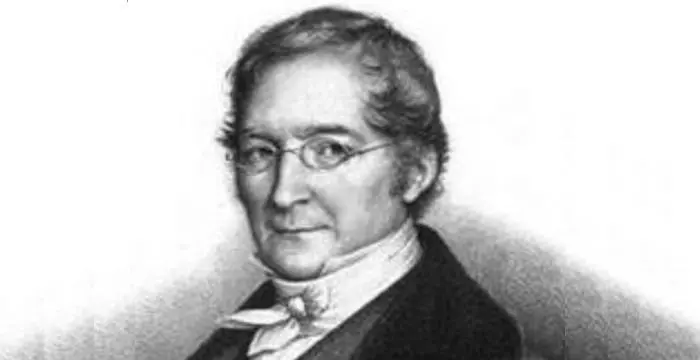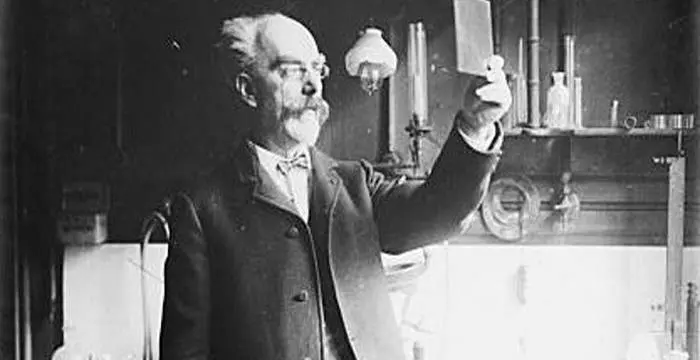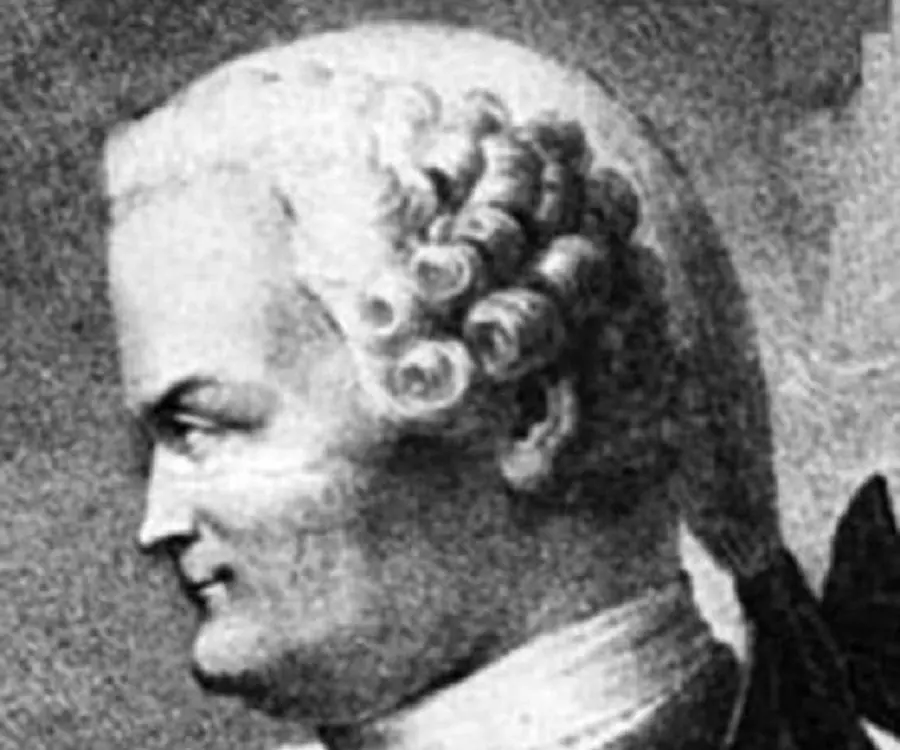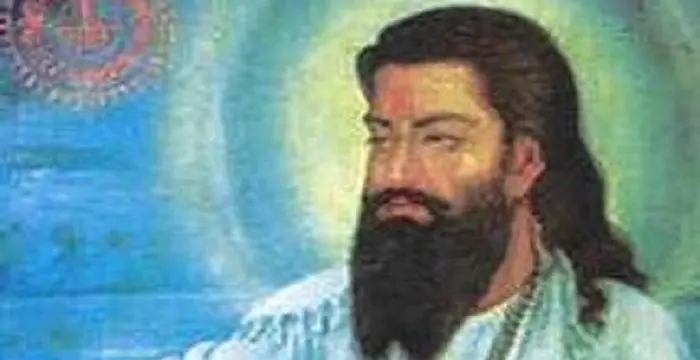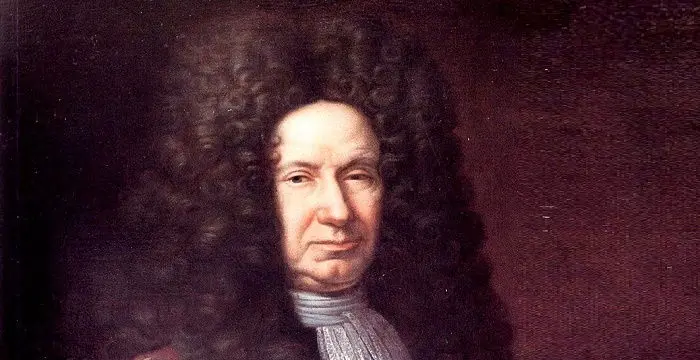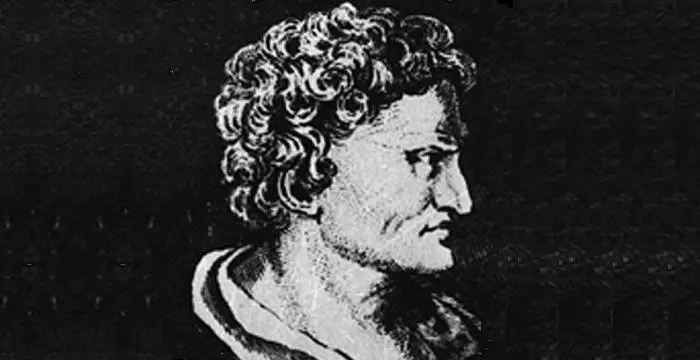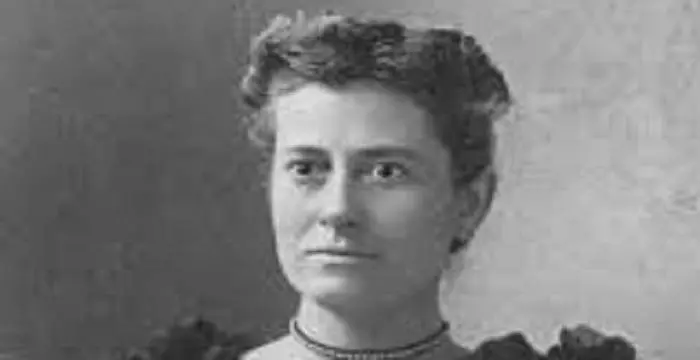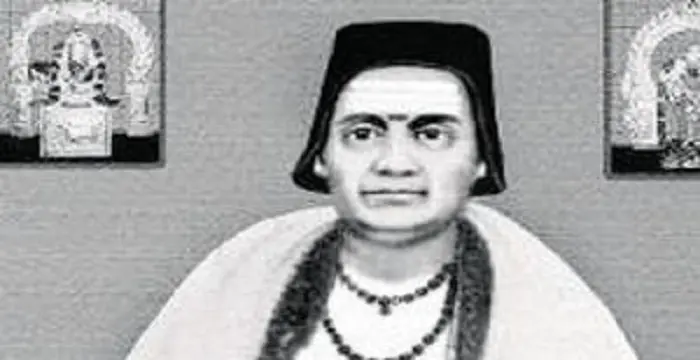
Johann Heinrich Lambert - Astronomers, Family and Childhood
Johann Heinrich Lambert's Personal Details
Johann Heinrich Lambert was a Swiss mathematician, astronomer, physicist, and philosopher
| Information | Detail |
|---|---|
| Birthday | August 26, 1728 |
| Died on | September 25, 1777 |
| Nationality | French, German, Swiss |
| Famous | Scientists, Mathematicians, Astronomers, Physicists, Astronomers, Physicists |
| Discoveries / Inventions |
|
| Birth Place | Republic of Mulhouse, Independent city-state |
| Born Country | France |
| Gender | Male |
| Father | Lukas Lambert |
| Mother | Elizabeth Schmerber |
| Sun Sign | Virgo |
| Born in | Republic of Mulhouse, Independent city-state |
| Famous as | Mathematician, Physicist and Astronomer |
| Died at Age | 49 |
// Famous Physicists
Walter Kohn
Nobel Laureate Walter Kohn was an Austrian-born American theoretical chemist and physicist. Check out this biography to know about his childhood, life, achievements, works & timeline.
Amedeo Avogadro
Amedeo Avogadro was an Italian scientist who formulated what is now known as Avogadro's law. This biography of Amedeo Avogadro provides detailed information about his childhood, life, achievements, works & timeline.
Gabriel Lippmann
Gabriel Lippmann was a French physicist and inventor. He was awarded the Nobel Prize in Physics in 1908. This biography of Lippmann provides detailed information about his childhood, life, research, achievements and timeline.
Johann Heinrich Lambert's photo
Who is Johann Heinrich Lambert?
Johann Heinrich Lambert was a Swiss mathematician, astronomer, physicist, and philosopher. He is especially well-known for being the first person to provide evidence that ‘Pi’ (ratio of the circumference of a circle to its diameter), is irrational, which means it cannot be expressed as the quotient of two integers. He was also the one who introduced hyperbolic functions into trigonometry. Lambert is also said to be the first mathematician who addressed the general properties of map projection. His contribution to physics was also immense. The hygrometer, which is an instrument to measure the moisture content in the atmosphere, was invented by him. He also did research on the measurement of light, and published a book on it named ‘Photometria.’ He is also remembered for his contribution to philosophy. He corresponded with Immanuel Kent and though the latter decided to dedicate his work ‘Critique of Pure Reason’ to Lambert, he died before the work was complete. Lambert, as an astronomer, developed a theory about the generation of the universe. It was similar to the nebular hypothesis formed by Thomas Wright and Immanuel Kant.
// Famous Astronomers
Brahmagupta
Brahmagupta was a highly accomplished ancient Indian astronomer and mathematician. This biography of Brahmagupta provides detailed information about his childhood, life, achievements, works & timeline.
Giovanni Domenico Cassini
Giovanni Cassini was a 17th century Italian mathematician, astronomer and astrologer. This biography of Giovanni Cassini provides detailed information about his childhood, life, achievements, works & timeline.
Hipparchus
Hipparchus was a Greek astronomer and mathematician. This biography profiles his childhood, life, achievements and timeline.
Childhood & Early Life
Johann Heinrich Lambert was born on 26 August 1728 in the city of Mulhouse in Switzerland, (which is now in France). Though much is not known about his parents and his family, it is known that his family was of humble background.
Because of financial pressures, Lambert had to give up formal education at an early age. At the age of twelve, he started working as an assistant to his father, who was a tailor. However, he studied in his free time, especially Latin and French.
He then found a job as a clerk and later as a secretary to the editor of a magazine ‘Basier Zeitungh’ at the age of 20. During this time, he also focused on learning humanities and sciences.
Later, he became a private tutor the children of Count Salis in Chur, a job which he continued for nearly ten years. He taught subjects such as mathematics, geography and history. Not only he helped the children with achieving academic success, but could also satiate his own hunger for knowledge in their family library.
On 1756, he began an expedition to Europe with his students. This gave him the opportunity to meet established mathematicians in places like France, Italy, the Netherlands, and Germany.
He also developed friendship with astronomer Tobias Mayer, a friendship that lasted till his death. He also participated in the meetings of the Learned Society in Gottingen, and managed to earn a membership as a corresponding member when he left the city after the French occupation in July 1757.
Career
After his return to Chur, Johann Lambert published his first book on cosmology. After that, he hoped for a chair at the University of Gottingen. But since this hope wasn’t fulfilled, he went to Zurich where he worked with Gessner, and soon became a member of the city’s Physical Society. Soon, he published his next book ‘Die freye Perspektive.’
Later, he met the famous instrument maker Georg Friedrich Brander, with whom he corresponded for twelve years. This correspondence also helped him to publish his next books ‘Photometria’ and ‘Cosmologische Briefe’.
Though Lambert was later offered a position at the St. Petersburg Academy, he had actually hoped for a position at the Prussian Academy of Sciences in Berlin. He eventually managed to get the desired post though initially the Academy had delayed his appointment because of his strange appearance and behavior.
Later on, once his talents were recognized, his salary was raised, and he was made a member of the new economic commission of the Academy. He was also appointed into another committee, through which he contributed to land surveying and building administration, which led him to receiving the title of ‘Oberbaurat’ in 1770.
He remained a member of the Academy for many years until he died at the age of 49. During this time, not only he produced more than 150 works, but he was also the only member of the academy to exercise the right to read papers not just in his own class, but also in other classes as well.
Major Works
In the field of mathematics, Johann Lambert was the first to introduce hyperbolic functions into trigonometry. He also made conjectures regarding non-Euclidean space. He proved that “Pi” is irrational. He also solved goniometric equations by infinite series as well as worked out a tetragonometry, which is a doctrine of plane quadrangles, corresponding to the common trigonometry.
In the field of map projection, he became the first to discuss the properties of conformality and equal area preservation. He was also the one who pointed out that they were mutually exclusive. He published seven new map projections in 1772, though he didn’t give any names to any of them.
In the field of physics, Lambert is credited with creating the first hygrometer. In his book ‘Photometria’ which was published in 1760, he made three important assumptions: the illumination was proportional to the strength of the source, and inversely proportional to the source of the distance of the illuminated surface and the sine of the angle of inclination of the light’s direction to that of the surface. Later, experiments were made involving the visual comparison of illuminations which supported these assumptions. Lambert is credited with formulating the law of light absorption as well.
In the field of philosophy, he wrote and published his first work ‘New Organon’ in 1764, in which he wrote about distinguishing subjective from objective appearances.
In the field of astronomy, he developed a theory about the origin of the universe which was similar to the nebular hypothesis theory developed by Thomas Wright and Immanuel Kant. He published about it in his book ‘Cosmologische Briefe uber die Einrichtung des Weltbaues.’
According to the book, the stars near the sun are part of a group which travelled together through the Milky Way, and there are many such groups scattered throughout the galaxy. The efforts made by Lambert to improve communication and collaboration in astronomy were also noteworthy.
Personal Life & Legacy
Johann Heinrich Lambert never married and remained a bachelor throughout his life.
He passed away at the age of 49, on September 25, 1777. However, the exact cause of his departure is not known though some sources claim he died of tuberculosis.
// Famous Astronomers
Jabir Ibn Hayyan
Jabir Ibn Hayyan was a medieval era polymath. Check out this biography to know about his life, works and achievements.
Isaac Newton
Isaac Newton was an English scientist and mathematician, who discovered gravitation and Newtonian Mechanics. Read this biography to find more on his life.
Henrietta Swan Leavitt
Henrietta Swan Leavitt was an American astronomer. Check out this biography to know about her childhood, family, personal life, discoveries, achievements, etc.
Johann Heinrich Lambert biography timelines
- // 26th Aug 1728Johann Heinrich Lambert was born on 26 August 1728 in the city of Mulhouse in Switzerland, (which is now in France). Though much is not known about his parents and his family, it is known that his family was of humble background.
- // 1756On 1756, he began an expedition to Europe with his students. This gave him the opportunity to meet established mathematicians in places like France, Italy, the Netherlands, and Germany.
- // 1757He also developed friendship with astronomer Tobias Mayer, a friendship that lasted till his death. He also participated in the meetings of the Learned Society in Gottingen, and managed to earn a membership as a corresponding member when he left the city after the French occupation in July 1757.
- // 1760In the field of physics, Lambert is credited with creating the first hygrometer. In his book ‘Photometria’ which was published in 1760, he made three important assumptions: the illumination was proportional to the strength of the source, and inversely proportional to the source of the distance of the illuminated surface and the sine of the angle of inclination of the light’s direction to that of the surface. Later, experiments were made involving the visual comparison of illuminations which supported these assumptions. Lambert is credited with formulating the law of light absorption as well.
- // 1764In the field of philosophy, he wrote and published his first work ‘New Organon’ in 1764, in which he wrote about distinguishing subjective from objective appearances.
- // 1770Later on, once his talents were recognized, his salary was raised, and he was made a member of the new economic commission of the Academy. He was also appointed into another committee, through which he contributed to land surveying and building administration, which led him to receiving the title of ‘Oberbaurat’ in 1770.
- // 1772In the field of map projection, he became the first to discuss the properties of conformality and equal area preservation. He was also the one who pointed out that they were mutually exclusive. He published seven new map projections in 1772, though he didn’t give any names to any of them.
- // 25th Sep 1777He passed away at the age of 49, on September 25, 1777. However, the exact cause of his departure is not known though some sources claim he died of tuberculosis.
// Famous Mathematicians
Grigori Perelman
Grigori Perelman is a Russian mathematician who is best known for his contributions to Riemannian geometry and geometric topology. Check out this biography to know about his childhood, family life, achievements and fun facts about him.
Terence Tao
Terence Tao is an Australian- American mathematician who has contributed enormously to the field of mathematics. Check out this biography to know about his childhood, family life and achievements.
Isaac Newton
Isaac Newton was an English scientist and mathematician, who discovered gravitation and Newtonian Mechanics. Read this biography to find more on his life.
Brahmagupta
Brahmagupta was a highly accomplished ancient Indian astronomer and mathematician. This biography of Brahmagupta provides detailed information about his childhood, life, achievements, works & timeline.
Giovanni Domenico Cassini
Giovanni Cassini was a 17th century Italian mathematician, astronomer and astrologer. This biography of Giovanni Cassini provides detailed information about his childhood, life, achievements, works & timeline.
Bhāskara II
Bhaskara II was a 12th century Indian mathematician. This biography of Bhaskara II provides detailed information about his childhood, life, achievements, works & timeline.
Johann Heinrich Lambert's FAQ
What is Johann Heinrich Lambert birthday?
Johann Heinrich Lambert was born at 1728-08-26
When was Johann Heinrich Lambert died?
Johann Heinrich Lambert was died at 1777-09-25
Where was Johann Heinrich Lambert died?
Johann Heinrich Lambert was died in Berlin, Prussia
Which age was Johann Heinrich Lambert died?
Johann Heinrich Lambert was died at age 49
Where is Johann Heinrich Lambert's birth place?
Johann Heinrich Lambert was born in Republic of Mulhouse, Independent city-state
What is Johann Heinrich Lambert nationalities?
Johann Heinrich Lambert's nationalities is French, German, Swiss
What is Johann Heinrich Lambert's inventions/discoveries?
Hygrometer was invented (or discovered) by Johann Heinrich Lambert
Who is Johann Heinrich Lambert's father?
Johann Heinrich Lambert's father is Lukas Lambert
Who is Johann Heinrich Lambert's mother?
Johann Heinrich Lambert's mother is Elizabeth Schmerber
What is Johann Heinrich Lambert's sun sign?
Johann Heinrich Lambert is Virgo
How famous is Johann Heinrich Lambert?
Johann Heinrich Lambert is famouse as Mathematician, Physicist and Astronomer

